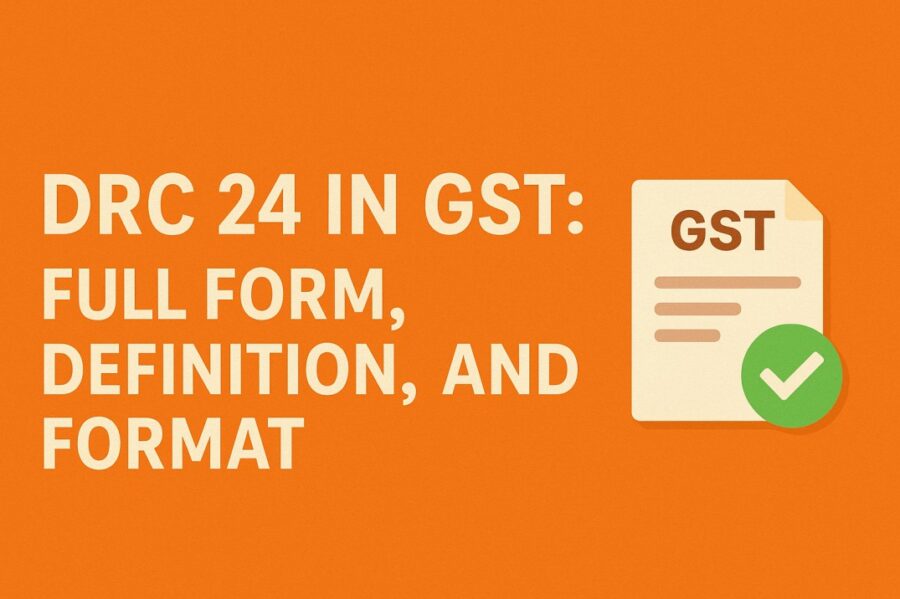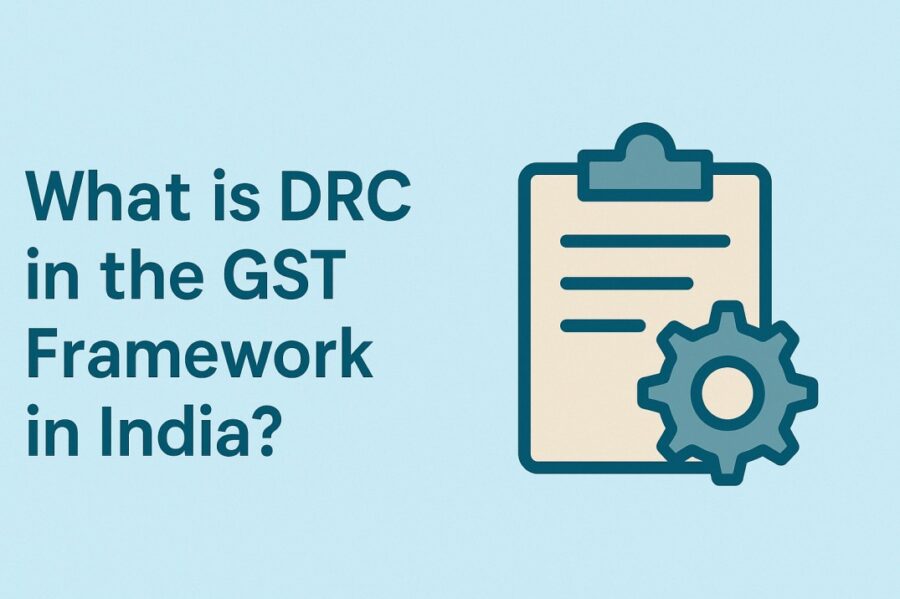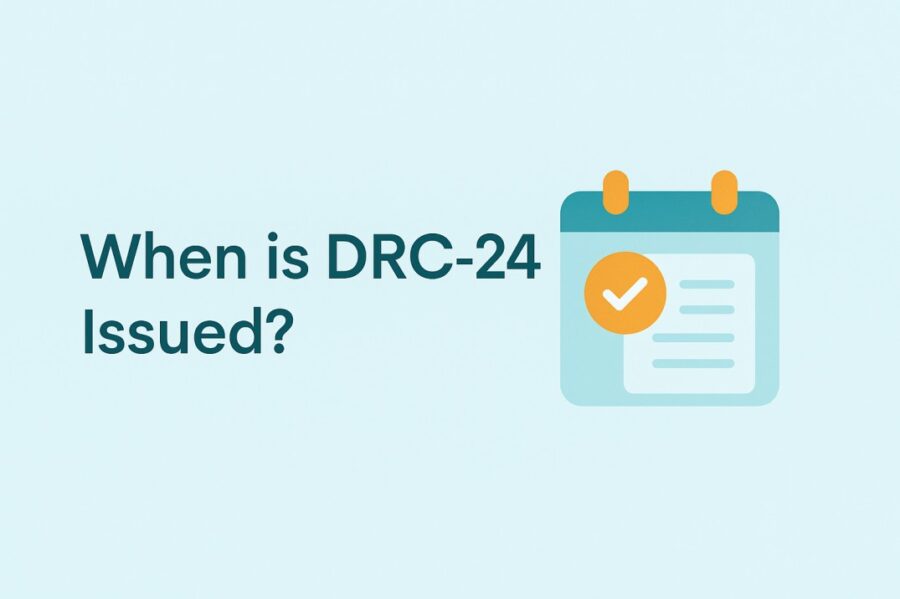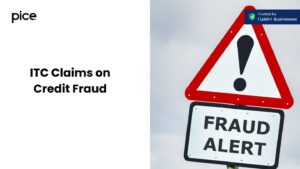DRC 24 in GST: Full Form, Definition, and Format
- 18 Jul 25
- 6 mins

DRC 24 in GST: Full Form, Definition, and Format
Key Takeaways
- Form DRC-24 is issued by the GST Commissioner to notify a liquidator about a company's pending tax liabilities.
- It is used under Rule 160 of the CGST Rules, following the liquidator’s appointment as per Section 88 of the CGST Act.
- This form facilitates the tax recovery process during company liquidation by officially communicating dues.
- Failure to respond to a DRC-24 notice can lead to judicial proceedings or enforcement through civil courts.
- Understanding the purpose and timeline of DRC-24 is crucial for liquidators and taxpayers to avoid legal consequences.
In order to inform taxpayers of differences between the amount of tax paid and the actual tax liability, tax officers or proper officers in India issue a variety of official notices and demand forms. In the process of tax demand and recovery, these forms have various functions.
For instance, DRC-03 form permits voluntary payment of tax prior to the initiation of legal action, whereas Form DRC-01 notifies the taxable individual of unpaid taxes, penalties, or interest.
Form DRC-24 is one of the most important of these since it makes recovery possible through court orders. The definition, intent, format, and significance of Form DRC-24 in relation to GST enforcement are the main topics of this blog.
What is DRC in the GST Framework in India?

DRC in GST is basically the "Demand or Recovery Certificate" that the Goods and Services Tax authorities release to notify the taxable persons. In the Indian GST regime, there is a series of DRC forms, from DRC-01 to DRC-28, to streamline the tax compliance process.
When the tax officer issues a demand notice, taxable persons need to take action on an urgent basis. If they do not get a reply within a stipulated time frame, those individuals may have to go through a penalty system. They also have the possibility to get involved in judicial proceedings.
Definition of DRC 24 in GST
Form GST DRC-24 is used to inform a liquidator about the recovery of due taxes. A liquidator is a person liable to close down the affairs of a company or firm.
As per Section 88(1) of the CGST Act, 2017, the liquidator needs to notify the Commissioner of their appointment within a prescribed time (30 days). As provisions of the rule mentioned in Section 88(2) of the CGST Act, the Commissioner will be responsible for determining the amount the company owes or may owe in the future within three months of the liquidator's appointment.
This happens only after conducting a comprehensive inquiry or requesting the necessary details. Commissioner then issues this notification to the liquidator through Form DRC 24, according to Rule 160 of the CGST Rules, 2017.
When is DRC-24 Issued?

DRC-24 is issued when:
- A taxpayer has defaulted on the payment of tax, interest, penalty, or any other amount due under GST laws.
- Other recovery methods such as DRC-13 (attachment and sale of movable or non movable property), DRC-16 (notice for auction), or DRC-17 (demand for dues) have failed or are insufficient.
- The authorities seek to initiate civil court proceedings for the execution of a decree to recover the dues.
What is the Format of Form DRC 24 in GST?
Take a look at the official format of DRC 24 in GST
Conclusion
Form DRC-24 in GST ensures that liquidators are officially notified about the potential dues, allowing timely tax recovery by tax officers during winding-up process, according to CGST Act and Rules.
Taxable persons must understand the importance of these kinds of demand forms and their time limits and respond within defined period. Ignoring Form DRC 24 can trigger legal troubles in future. Make sure to take timely action after issuance of notice and ensure compliance with taxation guidelines.
💡If you want to streamline your invoices and make payments via credit or debit card or UPI, consider using the PICE App. Explore the PICE App today and take your business to new heights.
 By
By 

















